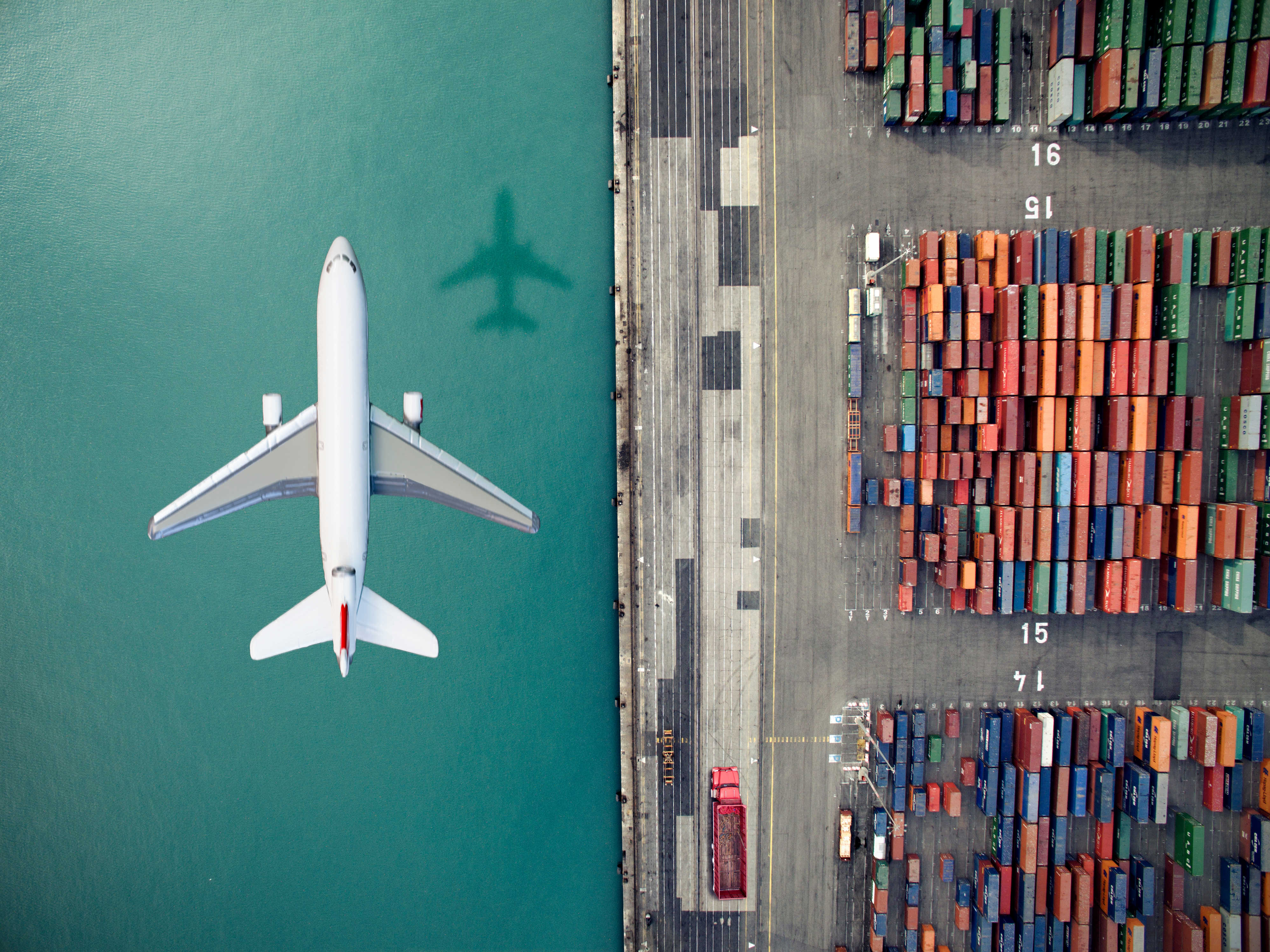Global Logistics Update
Freight Market Update: October 17, 2018
Ocean, trucking, and air freight rates and trends for the week of October 17, 2018.
Freight Market Update: October 17, 2018
Want to receive our weekly Market Update via email? Subscribe here!
Ocean Freight Market Updates

LA-LB PierPass Flat Fee to Begin in November
On Monday, the West Coast Marine Terminal Operators Agreement (WCMTOA) announce that it would implement the PierPass 2.0 extended gates program in Los Angeles-Long Beach on November 19th. This will pass if the Federal Maritime Commission (FMC) doesn’t block the revised extended-gates program.
Eastbound trans-Pacific Spot Rates Expected to Remain High
As shippers prepare for the impending 25% tariffs scheduled to take effect on January 1st, and the holiday season rush continues, vessel space is expected to remain tight. While peak-season for holiday shipping typically ends in November, spot rates are also expected to remain high through the end of the year.
**OOCL to Introduce Bunker Surcharge **
In an attempt to cover the “surge in operating cost” of meeting IMO sulfur cap regulations by January 2020, OOCL will introduce a bunker recovery charge. The floating bunker formula will use factors including type of fuel, ship capacity, and fuel prices.
Hapag-Lloyd Gets Ahead of IMO 2020 with Marine Fuel Recovery (MFR) Mechanism
As the IMO 2020 start date of January 1, 2020, approaches, Hapag-Lloyd is preparing customers with a new Marine Fuel Recovery mechanism. The mechanism, which will replace all existing fuel-related charges, will be gradually implemented from January 1, 2019, and aims to bring transparency to the calculation of costs.
According to a statement from Hapag-Lloyd, the mechanism, “takes into account various parameters, such as the vessel consumption per day, fuel type & price (specific for HSFO, LSFO 0.5% and LSFO 0.1%), sea and port days, and carried TEU.”
Impact of New IMO ECA Regulations
The International Maritime Organization has mandated under new Emission Control Area regulations that by 2020, all merchant vessels must reduce their sulfur emissions to 0.5% from 3.5%.
Whether they upgrade their vessels or their fuel, carriers will need to undertake significant changes to comply with the new regulations, and those changes will come at a cost to shippers. Rates may climb between now and 2020 as a result.
Ocean Carriers to See Higher Rates Following Golden Week
Carriers suffered heavy losses in the first six months of the year and have cut more than 200,000 TEUs of headhaul capacity this month to slow the spot rate decrease, but Maersk, MSC, and CMA CGM negated the initiative by cutting FAK rates. According to The Loadstar, sliding spot rates will likely put carrier negotiators “on the back foot” as they get ready for annual contract renewals with major customers.
Transatlantic Westbound (TAWB) Services Booked 2 Weeks Out
UK ports are very congested, which is causing a decline in port productivity and tight trucking capacity. Services are full 14 days out, and we recommend booking in advance to secure space and minimize risk of rolling.
Trucking/intermodal capacity is very tight in North Europe due to a surge in volumes.
Blank Sailings: Expect Ocean Space to Remain Tight as Carriers Cancel Sailings
As we head into a traditional off-peak season, between Golden Week and Chinese New Year, carriers are announcing blank sailings that will impact services for shippers, especially on the high volume Trans-Pacific Eastbound (TPEB) and Far East Westbound (FEWB) lanes.
For a list of upcoming cancellations and information including how blank sailings may impact shipments and how to mitigate issues, check out our new blog post.
India’s Monsoon Season is in Effect
Monsoon season is in effect from June through October:
- We highly advise shrink wrapping all FCL/LCL pallets and cartons that may be prone to being affected at the time of origin stuffing
- Expect vessel delays/port closures due to weather constraints
- Indian POL’s that receive the most rainfall are Chennai, Tuticorin, and Kochi
**Trans-Pacific Peak Season Sees Higher Rates **
U.S. importers shipping in trans-Pacific should expect higher rates, as peak season has caused very low capacity on most ships. As JOC reports, “Ocean carriers in certain cases are holding the line on weekly minimum quantity commitments (MQC) as they have done in prior periods of tight capacity, meaning that any given shipper will be allocated only one week’s worth of capacity out of its total annual MQC.”
Air Freight Market Updates

Trucking Market Updates
**U.S. Truck Pricing Stabilizes **
According to DAT Solutions, spot truck freight volumes were down by 30% in September year-over-year. This is attributed to an annualized drop in freight volumes.
IT Chaos Causes Disruption at Felixstowe
Delays and backlogs first appeared at Felixstowe in June due to the integration of a new terminal operating system, and road haulage capacity shortages continue to negatively impact box handling performance at the port. Compounded by a truck driver shortage in the UK and high peak season volumes, the disruption has pushed a number of shipping lines to transfer to alternate ports.
UK Road Freight Sector Unable to Respond to ‘Minor Changes’
Minor operational changes are causing large bottlenecks for the UK road freight sector, reports Lloyd’s Loading List. This is attributed to a number of factors, including IT failures, driver shortages, underinvestment, and rising costs. If demand continues to outweigh demand, it’s possible that rates will increase in the near future.


